Soil vapour active sampling

The requirement for vapour assessment as part of contaminated site investigations has become more frequent after the ASC NEPM was updated in April 2013 to include soil vapour as part of the standard Tier 1 risk assessment process.
Vapour intrusion is particularly an issue near service station sites with underground petroleum storage systems (UPSS) which commonly leak petroleum hydrocarbons to the subsurface (particularly older systems), and also near old laundromat facilities with chlorinated hydrocarbon solvents and nearby old landfills.
Subsurface vapour intrusion investigations can be sampled using two active sampling methods including USEPATO-15 and USEPATO-17.
The TO-15 method consists of the use of sub-atmospheric (evacuated) canister (1 - 1.5L in volume) which are usually set to approximately between -30”Hg with a flow controller set by the providing analytical lab (usually 200ml/min). The TO-17 method consists of a mixture of thermal desorption tubes and carbon tubes with the use of a rotameter and pump with a calibrated flow rate set by the operator.
The benefits and burdens when using either TO-15 or TO-17 are as per below:
- TO-15 is more expensive than TO-17 to provide/replace and to transport.
- TO-17 includes preservation applications including the capping of the exposed thermal desorption and carbon tubes while being cooled at less than 4°C during transport compared to TO-15 has no preservation requirements.
- TO-15 decontamination process is more labour intensive and lengthy.
- TO-17 consists of a more involved methodology of sampling. TO-15 is a simpler method with the flow rate set by the analytical laboratory.
- Assessing hydrocarbon compounds is more beneficial for TO-17 when analysing a greater range of hydrocarbon chains C2-C18 with TO-15 quality limited to the lighter compounds <C10.
In summary, iEnvi identifies that both TO-15 and TO-17 are sampling methods that are suitable for vapour intrusion assessment. The TO-15 method is recommended for sampling events where limited training is required (flow rate is usually set by providing analytical lab) and when the analysis is limited to lighter hydrocarbon compounds <10. The TO-17 method is recommended for operators that are competent with the method and is also less expensive and logistically easier to transport.
Vapour risk intrusion assessment is a standard requirement when developing or managing construction or approvals near petrol stations. To discuss how to manage vapour intrusion risk contact [email protected]
RECENT PROJECTS
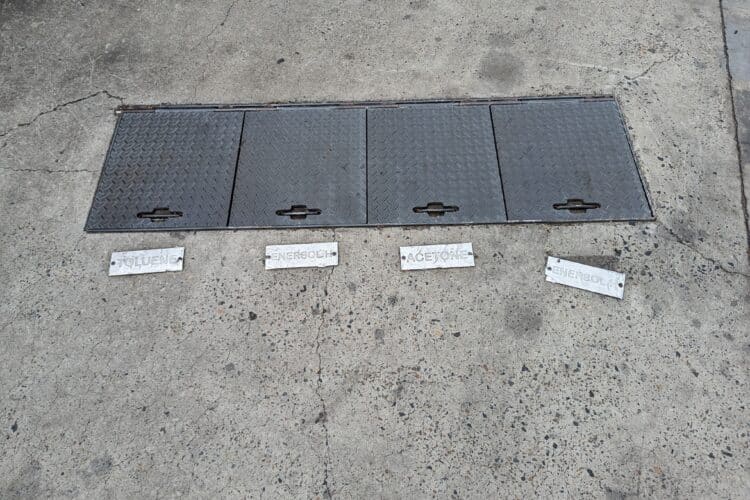
Environmental Delineation Investigation at Industrial Site in Northwest Sydney
Project Overview: iEnvironmental Australia (iEnvi) conducted a Delineation Investigation (DI) at anindustrial site located in the northwest of Sydney, following...
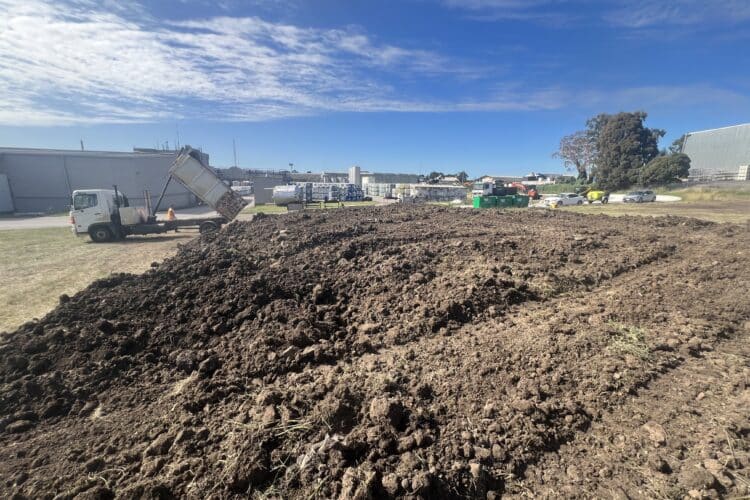
Compliance Investigation &Cost-Effective Remediation and Beneficial Reuse of Asbestos-Impacted Soil at Industrial Site in Victoria
The Victorian EPA requested an investigation at an industrial site in Coolaroo to meet General Environmental Duty requirements. iEnvironmental Australia...
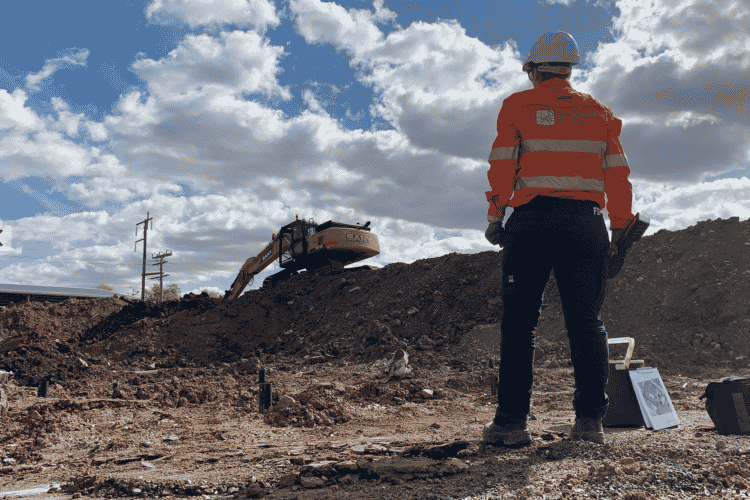
iEnvi's 100 Contaminated Land Experts in 2022!
iEnvironmental Australia's growth in the market means that we're looking at expanding our network of sub-consultants (independent contractors), with a...

Major NSW Infrastructure Project, Environmental Sampling and Waste Classification
iEnvironmental Australia (iEnvi) was engaged by Transport for NSW (TfNSW) to provide waste classification and beneficial reuse assessment near the...
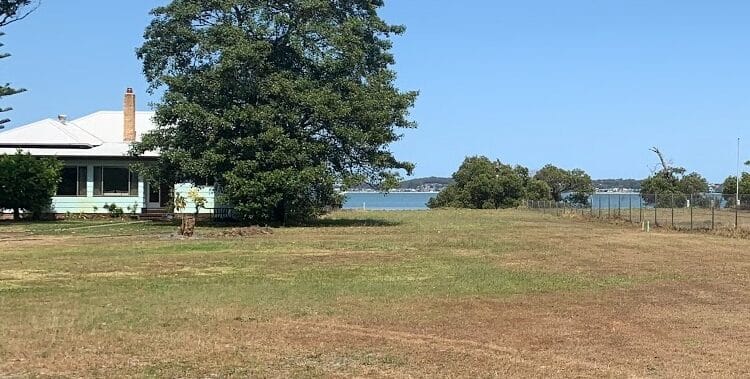
Former Oyster Farm Investigation for Residential Development
iEnvi was engaged by the client to complete a Targeted Soil Assessment relating the footprint of a shed previously located...
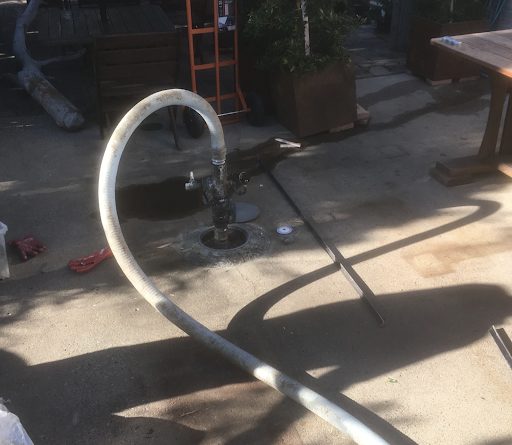
UPSS Abandonment Insitu Via Foam Filling, Sunshine Coast QLD
iEnvi was engaged by a local restaurant owner to manage the decommissioning and abandonment of three underground storage tanks (USTs)...
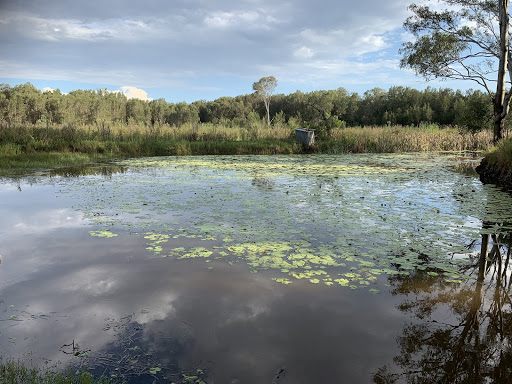
Construction Environmental Management Plan for a Sports Complex, South East QLD
iEnvi were engaged by an engineering firm on behalf of a regional council to undertake a Construction Environmental Management Plan...

Microbiologically Influenced Corrosion Preliminary Study, Mornington Peninsula VIC
Microbiologically Influenced Corrosion (MIC) is a term that refers to the change (either acceleration or inhibition) in corrosion caused by...
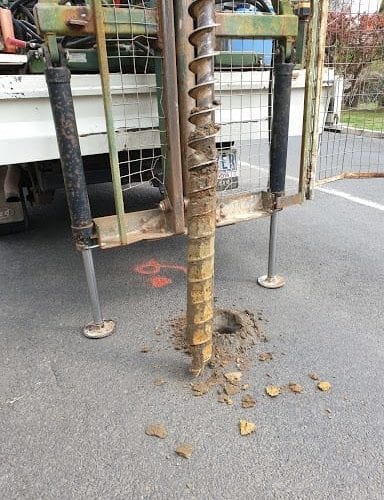
Waste Classification and ENM Assessment, Southern Highlands NSW
iEnvi was engaged by a local council in the Southern Highlands to conduct an insitu Waste Classification (WC) and...
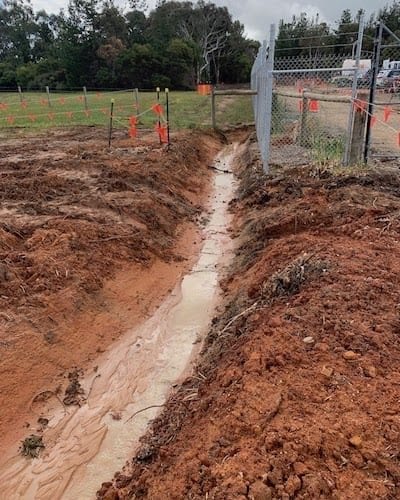
Erosion Sediment Control Plan (ESCP), Mornington Peninsula, VIC
Envi was engaged by a construction company to review and update the erosion sediment control plan (ESCP) as part of...
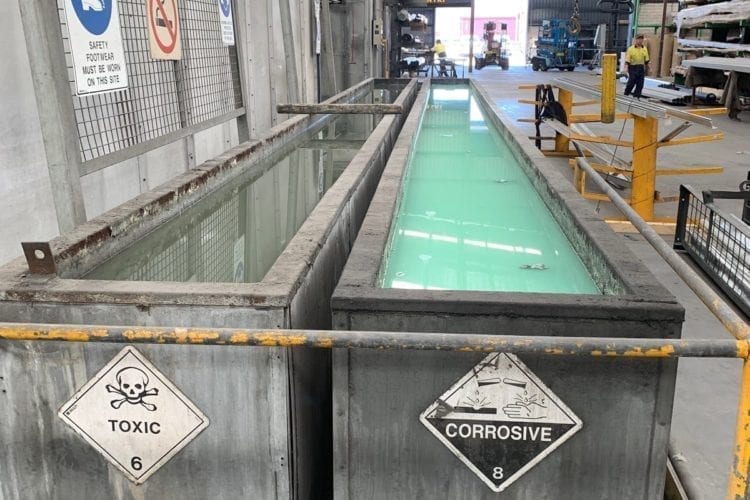
Urgent Preliminary Site Investigations for M&A, Multiple Sites QLD, NSW, SA
iEnvi was engaged by a law firm on behalf of a confidential client as part of merger and acquisition...
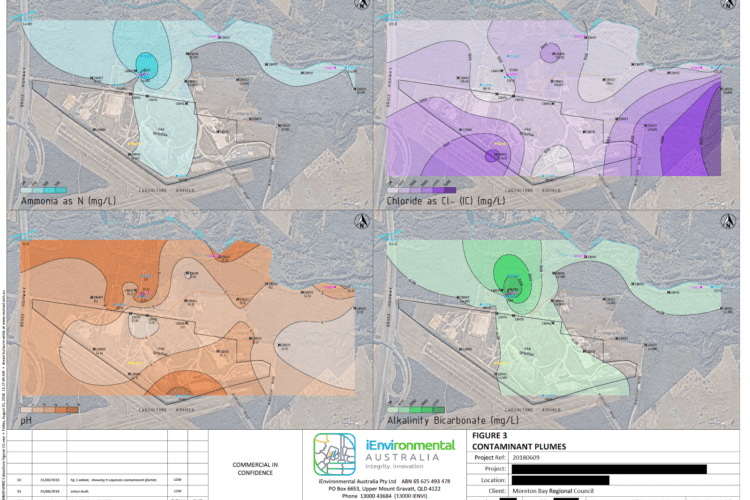
Groundwater and Hydrogeological Investigation of 5 Landfills, QLD
iEnvi was engaged by a Council north of Brisbane, QLD, to review environmental authority (EA) compliance, groundwater trends and risks...
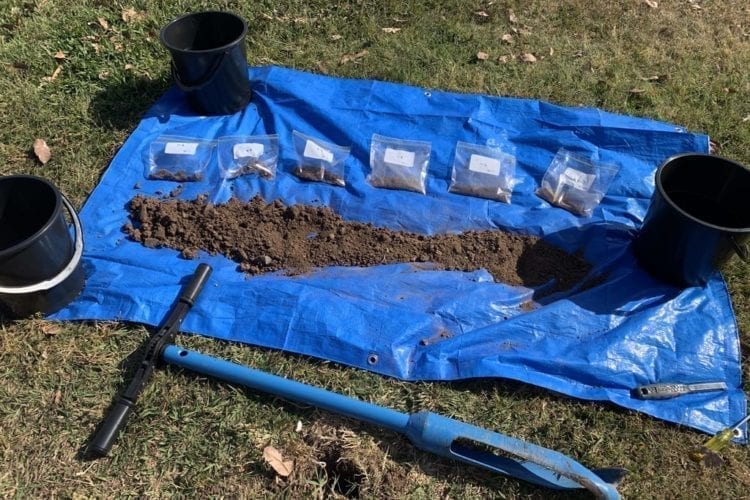
Targeted Soil Investigation and Insitu Waste Classification, Brisbane, QLD
iEnvi was engaged by a large construction company to conduct Targeted Soil Investigations and Insitu Waste Classifications (TSI/WC) in advance...
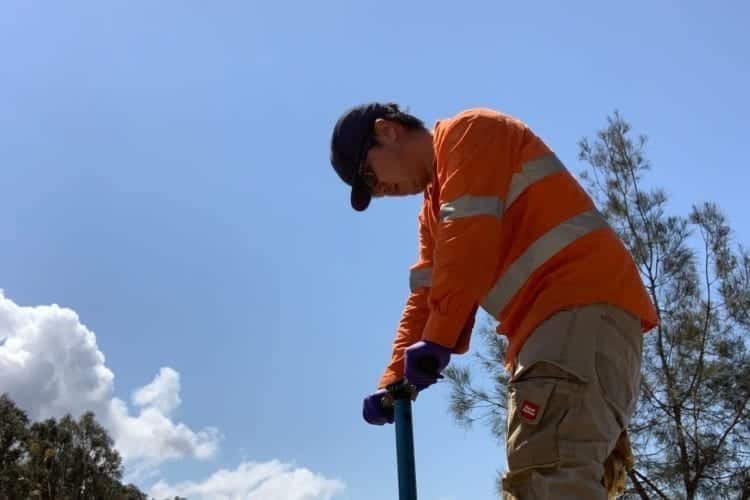
Targeted Soil Investigation, North of Brisbane, QLD
iEnvi was engaged to conduct a Targeted Soil Investigation (TSI) to delineate historical lead from a former rifle range, for...
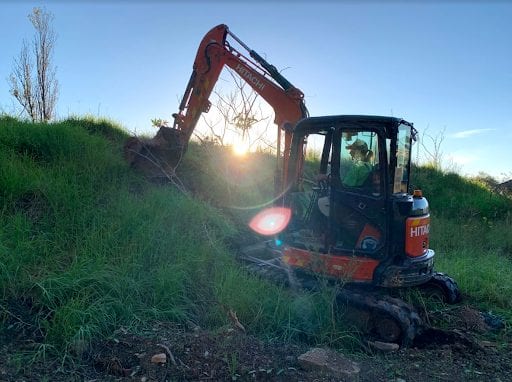
Soil Stockpile Reuse Investigation, Sydney NSW
iEnvi was engaged by an inner western Sydney Council to undertake a soil stockpile reuse investigation at a vacant property....
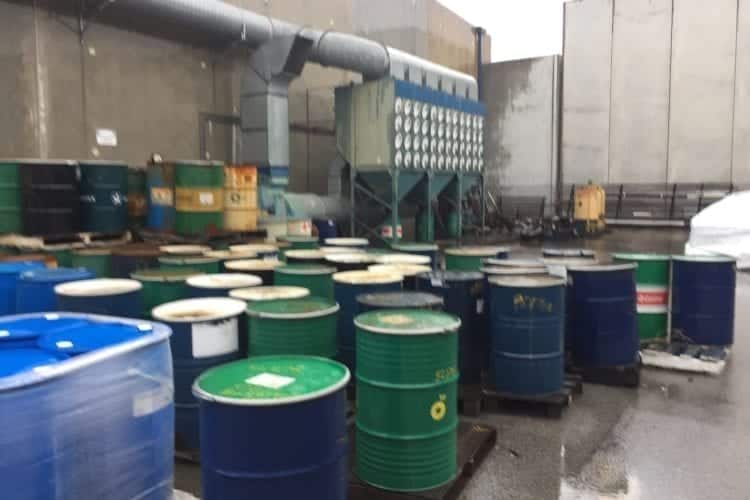
Preliminary Site Investigations for Potential Acquisition, VIC and WA
iEnvi was engaged by an international manufacturing company to undertake preliminary site investigations at two coatings manufacturing facilities in Victoria...
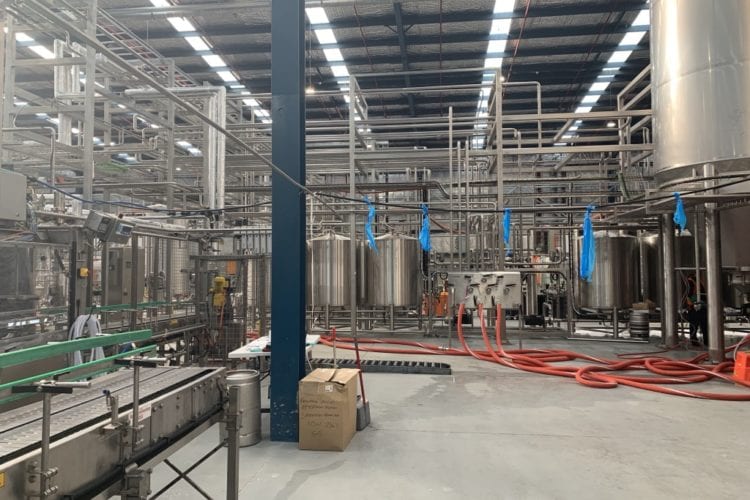
Environmental Management Plan for a Brewery and Wastewater Treatment Plant, Goulburn NSW
iEnvi was engaged by a brewing company to complete an Operational Environmental Management Plan (OEMP) for a new brewery...
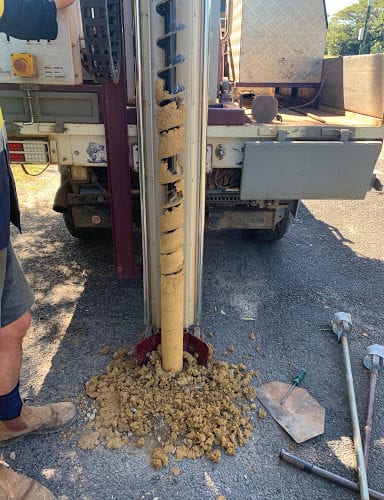
UPSS and Detailed Site Investigation for a Rural Service Station in Far North Queensland
iEnvi was engaged by a company to complete an Underground Petroleum Storage System (UPSS) and Detailed Site Investigation (DSI) for...
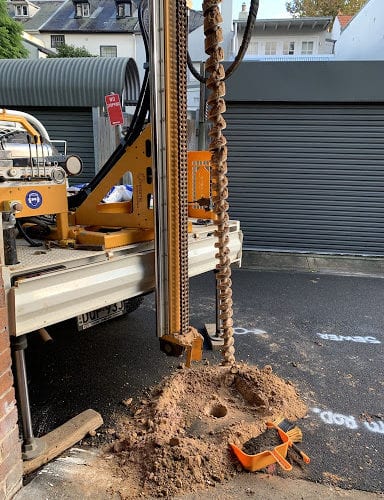
Law firm engagement for Preliminary and Detailed Site Investigation of Former Service Station, Inner Sydney NSW
iEnvi was engaged by a law firm to complete a preliminary site investigation (PSI) and underground petroleum storage system (UPSS)...
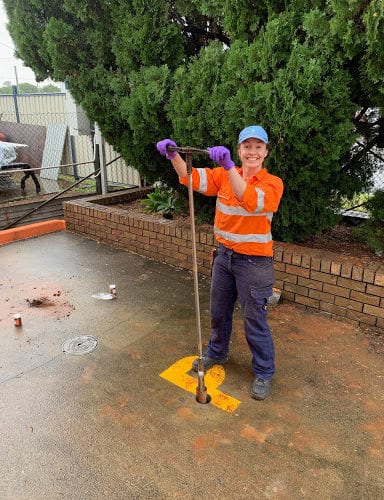
Preliminary Site Investigation of a mechanic workshop for finance approval, Wynnum QLD
iEnvi was engaged by a private company wishing to purchase a mechanic workshop in Wynnum, Queensland and a preliminary site...
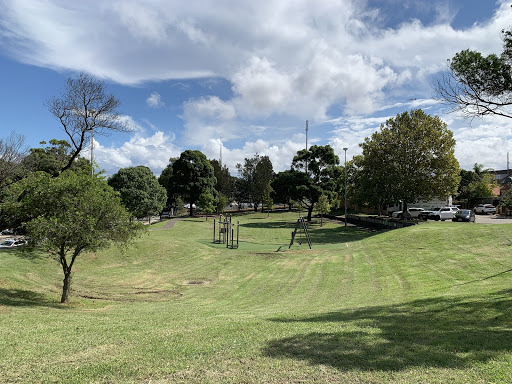
Innovative and cost-effective soil investigation, Sydney NSW
In early 2019, iEnvi completed multiple preliminary site and soil investigations at recreational use parks in inner Sydney suburbs prior...
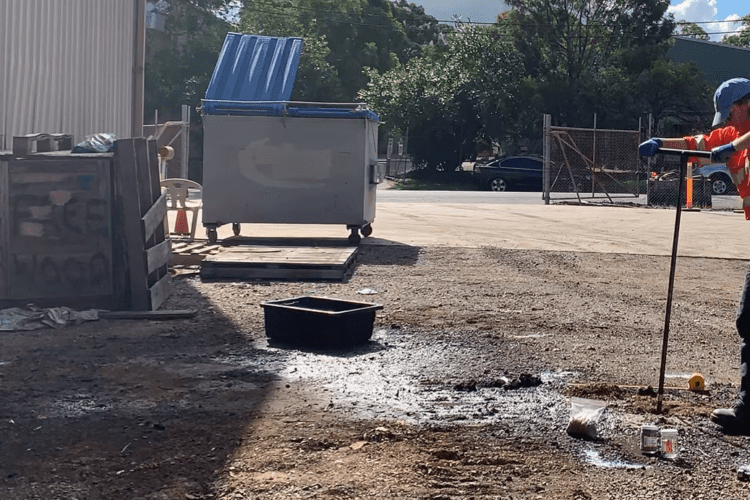
Cost Efficient Remediation for Hydrocarbon Contamination, Newcastle and Wollongong, NSW
iEnvi was engaged by a client’s legal department as part of a merger and acquisition due diligence to undertake preliminary...
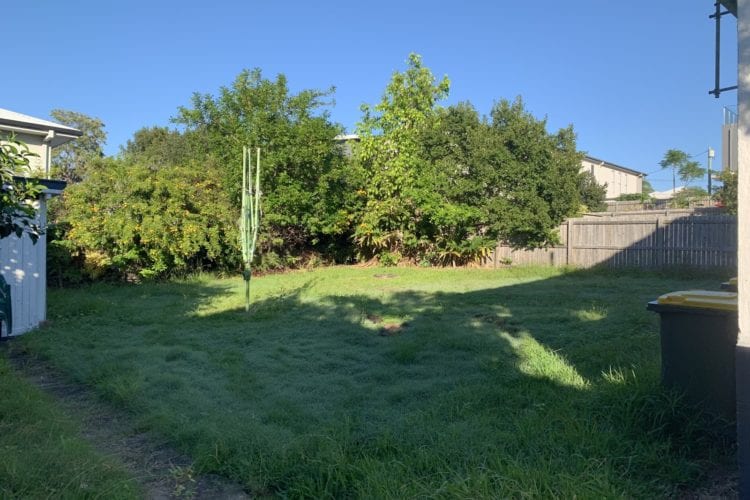
Soil Investigation and Potential Soil Reuse, Brisbane QLD
iEnvi was engaged by a childcare centre development company to undertake soil sampling at a residential site prior to the...
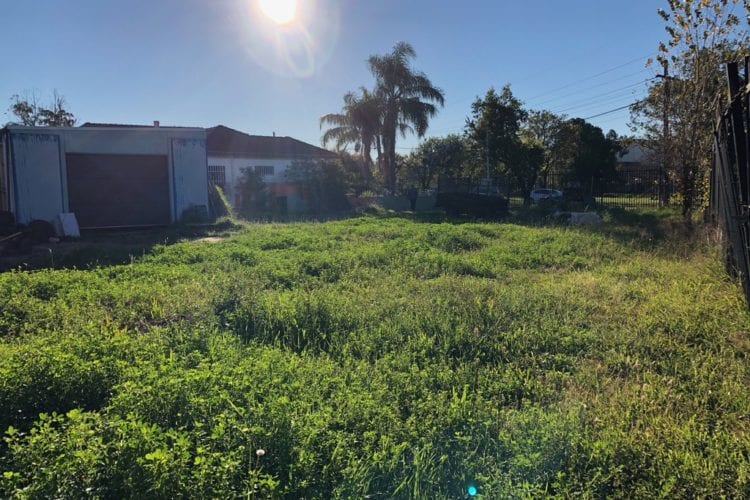
Housing Development Application, Sydney NSW
iEnvi was engaged by a client to undertake a preliminary site investigation and soil sampling (PSI) at a property in...

